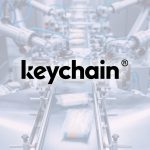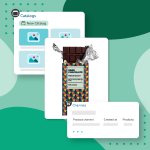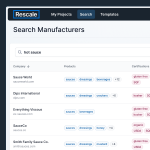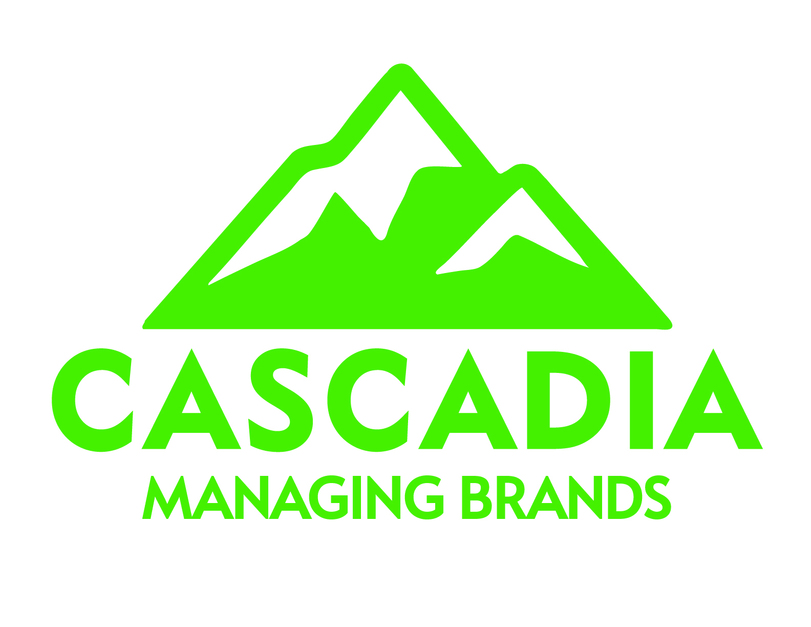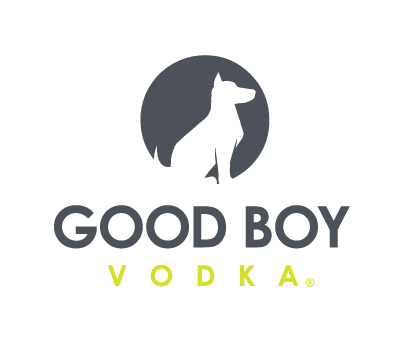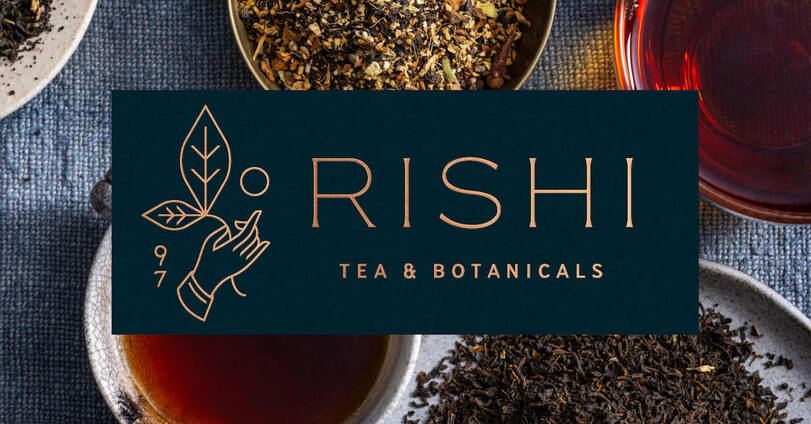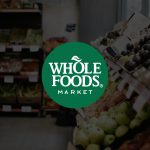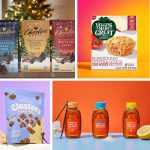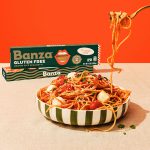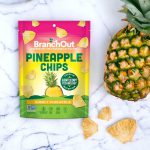Campbell’s: Q1 Earnings As Expected; Growth From Snack, DSD and Sovos To Come
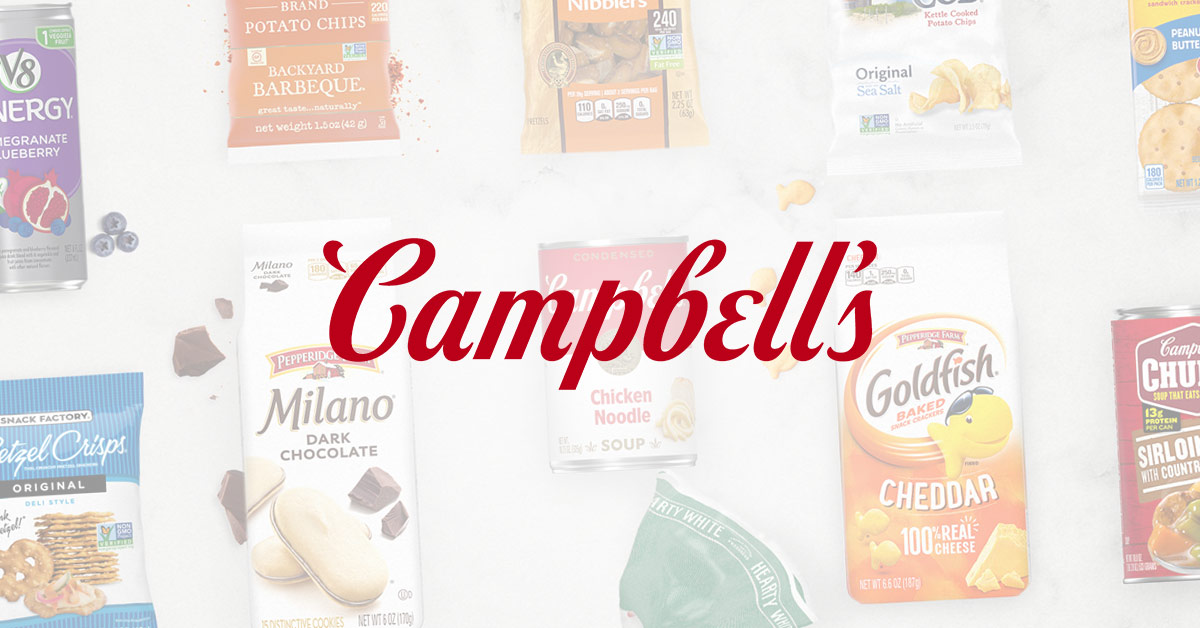
The Campbell Soup Company celebrated the recovery of sales lost to private brands in 2022 across its top three Thanksgiving-driven categories – broth, condensed soup and stuffing – results that president and CEO Mark Clouse said indicate a notable shift in consumer behavior and cooling inflationary pressures in Q1.
Overall, Campbell’s organic net sales in Q1 FY2024 declined 1% due to expected, “mid-single-digit” volume declines, reduced pricing actions and minimal promotional activity. On a two-year compounded annual growth rate (CAGR), the company’s organic net sales increased 7%. Volume and mix dropped 5% in the quarter.
“The first quarter unfolded much as we anticipated, continuing our consistent track record of meeting our commitments,” Clouse said in a statement attached to the company’s quarterly earnings report. “Looking ahead, I’m confident and optimistic about the balance of the year. We will remain vigilant and agile to meet the evolving demands of consumers, while continuing to progress our strategic plans.”
Sales across both its Meals & Beverage and Snacks segments declined 4% and 1%, respectively. However on a two-year CAGR basis, Meals & Beverage organic net sales grew 6% and Snacks were up 8%.
The company’s core snack brands, Goldfish and Lance, reported net sales growth of 5% and 15%, respectively. The former has seen five consecutive quarters of flat or positive sales growth and during the call, Clouse announced that Goldfish has now been extended into the chip category with Goldfish Crisps. The crispy, fish-shaped baked snacks come in Cheddar, Salt and Vinegar and Sour Cream and Onion flavors and will roll out to retailers in January.
Campbell’s gross profits dropped to $788 million from $834 million, losing 10 basis points resulting in a 31.3% gross margin due to expected year-over-year changes to volume and mix. According to Carrie Anderson, Campbell’s CFO, net price realization, improved productivity and cost savings initiatives offset some of the margin impact, which was primarily driven by inflation and high supply chain costs. The company is anticipating “low-single-digit” core inflation in FY24.
“In addition to pricing, we continue to deploy a range of other levers to mitigate inflation, including supply chain productivity improvements and broader margin enhancing initiatives, [and] focused on discretionary spending across the organization,” Anderson said in a statement.
The company’s “multi-year cost savings program” which included tapping synergies between its Snyder’s-Lance snack business, generated $895 million of total savings so far and is expected to reach $1 billion in total savings by the end of FY25. A key piece of those ongoing efforts include streamlining its DSD logistics and warehouse network with improved technology and simplicity to eliminate redundancies.
These programs will modernize the system used by its independent distribution partners and retailers to better align orders with insights from in-store activity, according to a statement. Campbell’s will also work to increasingly scale its DSD routes and is currently piloting “a variety of potential solutions,” Clouse explained.
“We’re excited to have made so much progress on such a unique and critical part of our business,” Clouse said during a call with shareholders. “In the end, this will result in a strong and differentiated DSD platform to fuel both the growth and margins of the Snacks business.”
Looking ahead, Campbell’s now expects to complete its acquisition of Sovos Brands in mid-2024. Originally the deal was anticipated to close in early 2024, but due to a request for more information from the Federal Trade Commission, the timeline has been extended. Clouse said the deal is on track for its current closing date and the company has accelerated plans to integrate the Sovos business into its portfolio.

